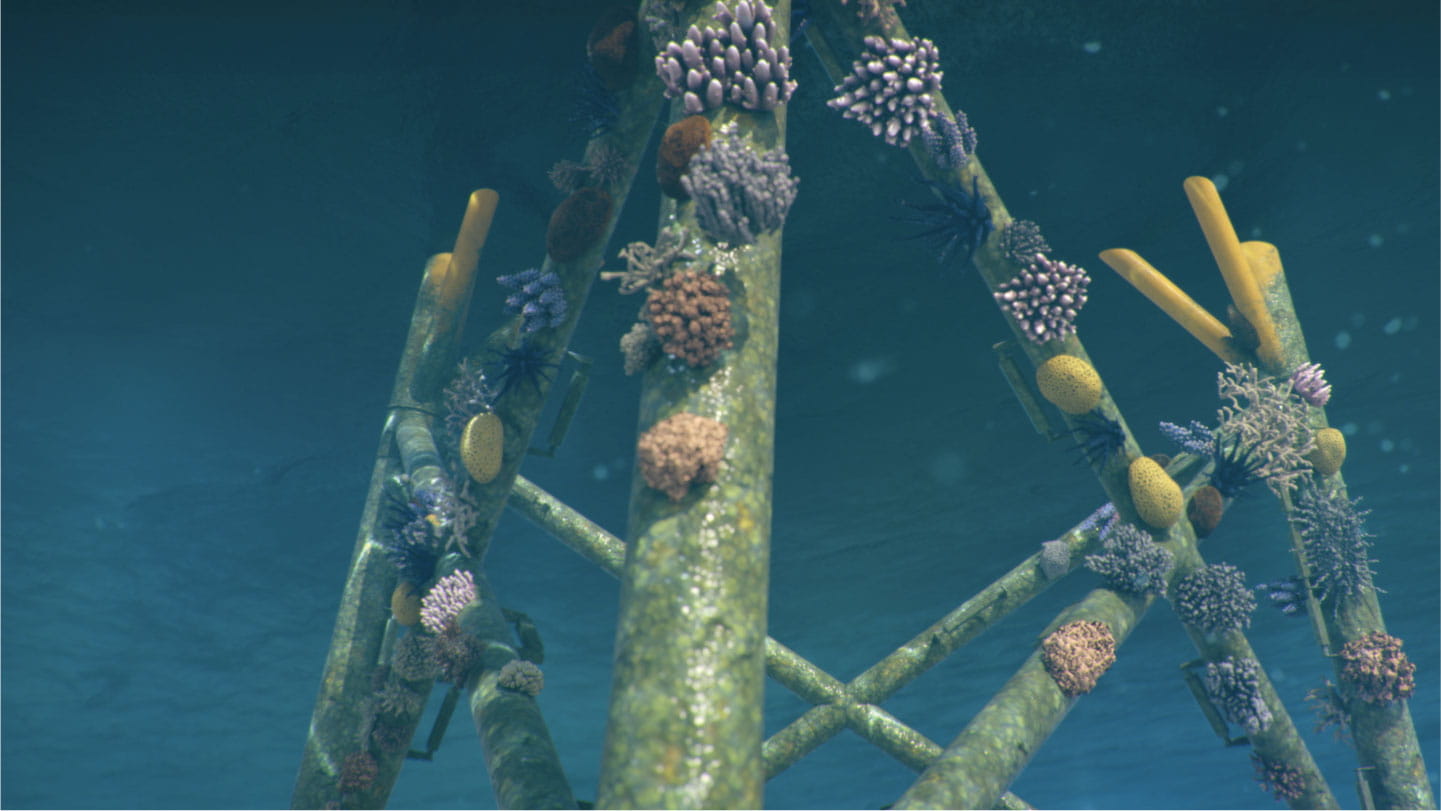Protecting and restoring nature onshore and offshore
The Hornsea 3 Offshore Wind Farm will generate enough renewable energy to power more than 3 million UK homes.
Our aim for Hornsea 3 is to generate more than green energy – we’re working to ensure the project has a lasting positive impact on nature onshore and offshore.
Read on to learn about the steps we are taking to protect and restore nature during the construction and operation of what will be the world’s single largest offshore wind farm.
We were once one of the most coal-intensive energy companies in Europe. Today, we’re ranked the world’s most sustainable energy developer and are global leaders in the transition to green energy.
Building on our green energy transition, in 2021, we set an ambition that all new renewable energy projects we commission from 2030 deliver a net-positive biodiversity impact.
Simply put, we’re determined to leave nature in a better state than we found it.
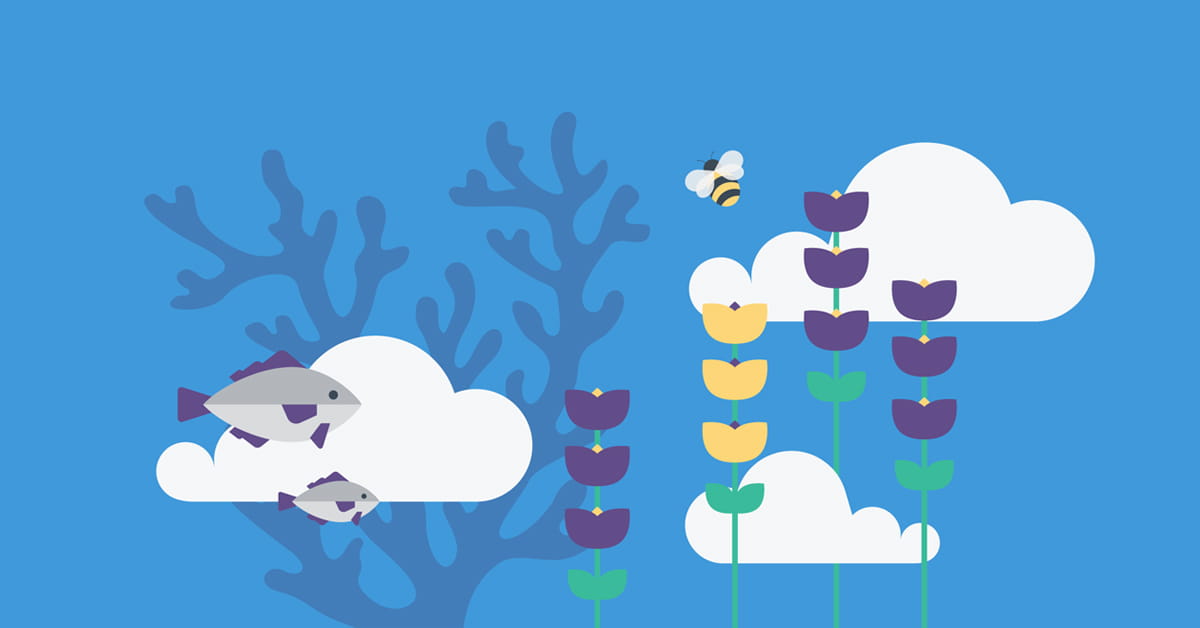
Biodiversity – short for biological diversity – refers to the variety of living things on Earth, from insects and plants to animals, and their interaction.
Biodiversity is a key indicator of the health of an ecosystem and is our most powerful tool for climate action after renewable energy. Healthy habitats can mitigate climate change and help adapt to its effects.
The climate crisis and biodiversity loss are two urgent and interconnected issues. The green energy transition offers a unique opportunity to be a force for good on both.
That’s why when we build renewable energy infrastructure projects like Hornsea 3, we work to not only mitigate any possible impacts on local ecosystems, but also look for opportunities to enhance and restore biodiversity in the environments where we construct and operate our projects whenever possible.
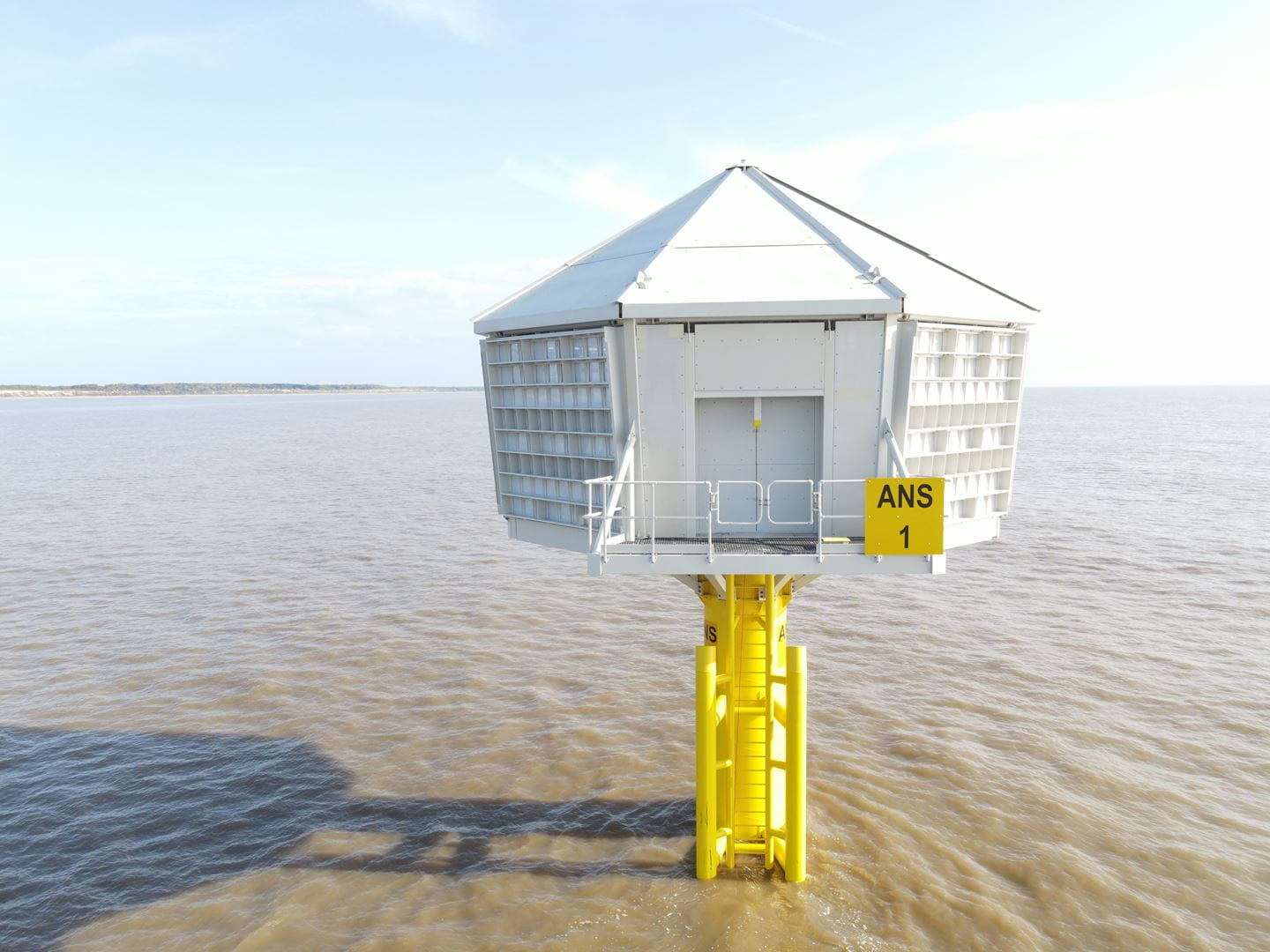
Making sure the green energy transition benefits people and the planet requires working collaboratively with partners to develop innovative, scalable, long-term solutions.
On Hornsea 3, we needed to deliver a creative solution to help support kittiwake, a vulnerable seabird that could potentially be impacted by the wind farm.
Designed in collaboration with ornithologists, ecologists, architects, engineers, and local experts, we’ve built three bespoke artificial nesting structures off the coastlines of Lowestoft’s South Beach and the RSPB Minsmere Nature Reserve to help support the local colonies and encourage new chicks to the population. We’ve also started laying the ground for construction of an onshore artificial nesting structure in Hartlepool.
Learn more about the kittiwake artificial nesting structures
In the UK’s Humber Estuary, we’ve embarked on a seascape restoration project – Wilder Humber – to improve the health and resilience of the estuary’s ecosystem.
The Humber Estuary is one of the most important natural features in the UK – especially for the birds and wildlife that depend on it.
Decades of pollution and commercial development have resulted in the decline of this precious habitat. As a result, the estuary’s conservation status was downgraded by Natural England in 2012.
We’re part of the Humber community with our UK East Coast Hub based in Grimsby, on the banks of the estuary. As part of our aim to leave nature in a better state than we found it, we’ve teamed up with Yorkshire Wildlife Trust and Lincolnshire Wildlife Trust to restore seagrass and salt marsh and introduce half a million native oysters to improve the health and resilience of the estuary’s ecosystem.
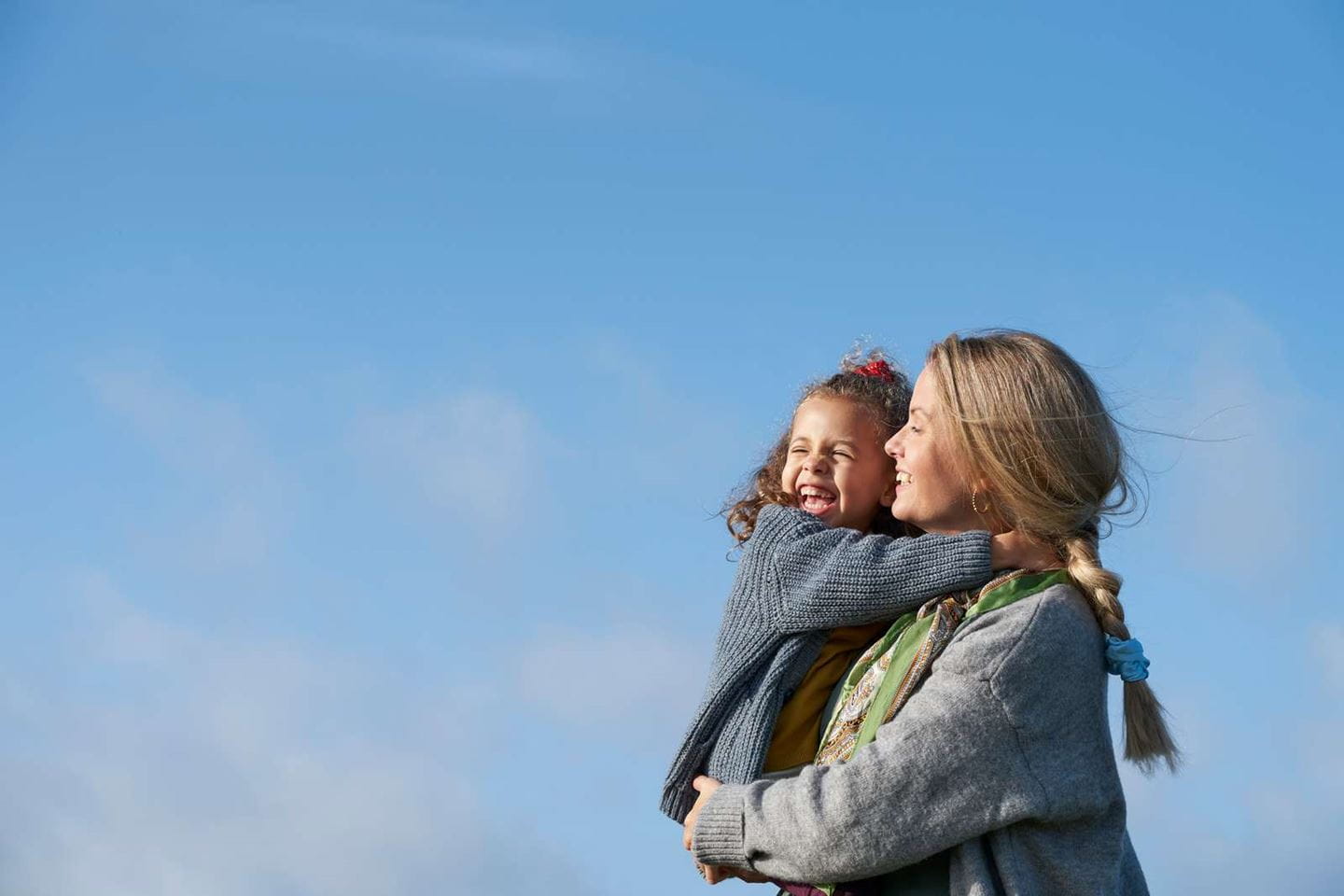
The Hornsea 3 Community Benefit Fund has been established to award £7 million over the next ten years to projects developed by and for the benefit of the local community in North Norfolk and areas of Suffolk.
In particular, a Legacy Fund of £100,000 annually is ring-fenced to support a single project focused on making a positive impact on the environment.
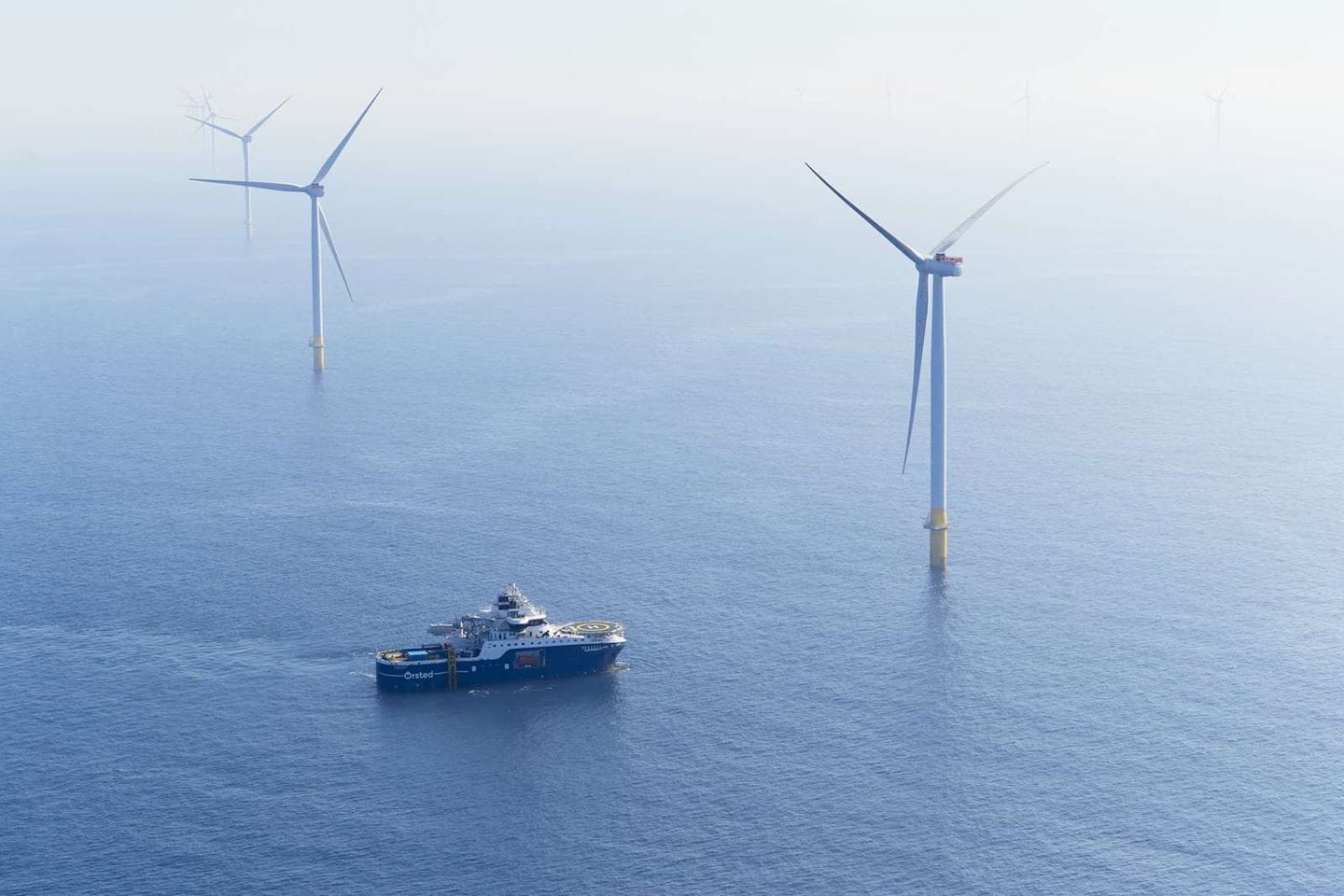
The Hornsea 3 Fisheries Fund has been created to support the coexistence of the offshore wind and fishing industries.
The fund will have £20,000 available per year to finance a wide variety of projects in eligible fishing communities across part of the Norfolk coastline.
The purpose of the fund is to help finance, set up and support community projects that are a direct benefit to the fishing industry that operate in the same areas as the kittiwake artificial nesting structures in East Anglia. It can be used for improving fishing port infrastructure, supporting training in the fishing industry, improving safety, providing necessary equipment and other things.


